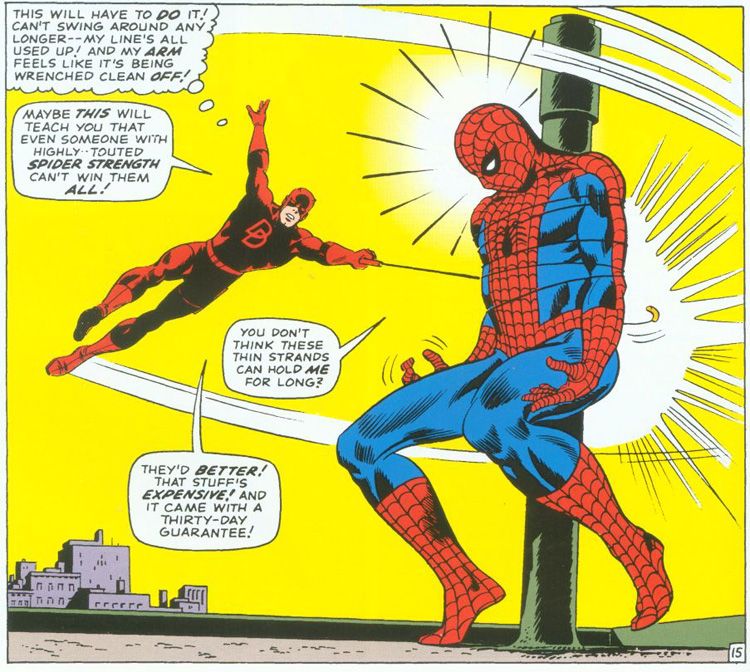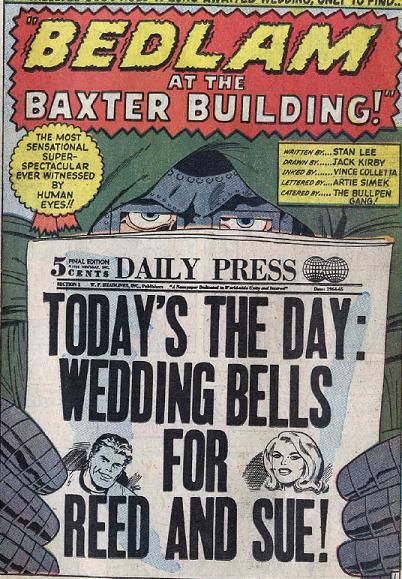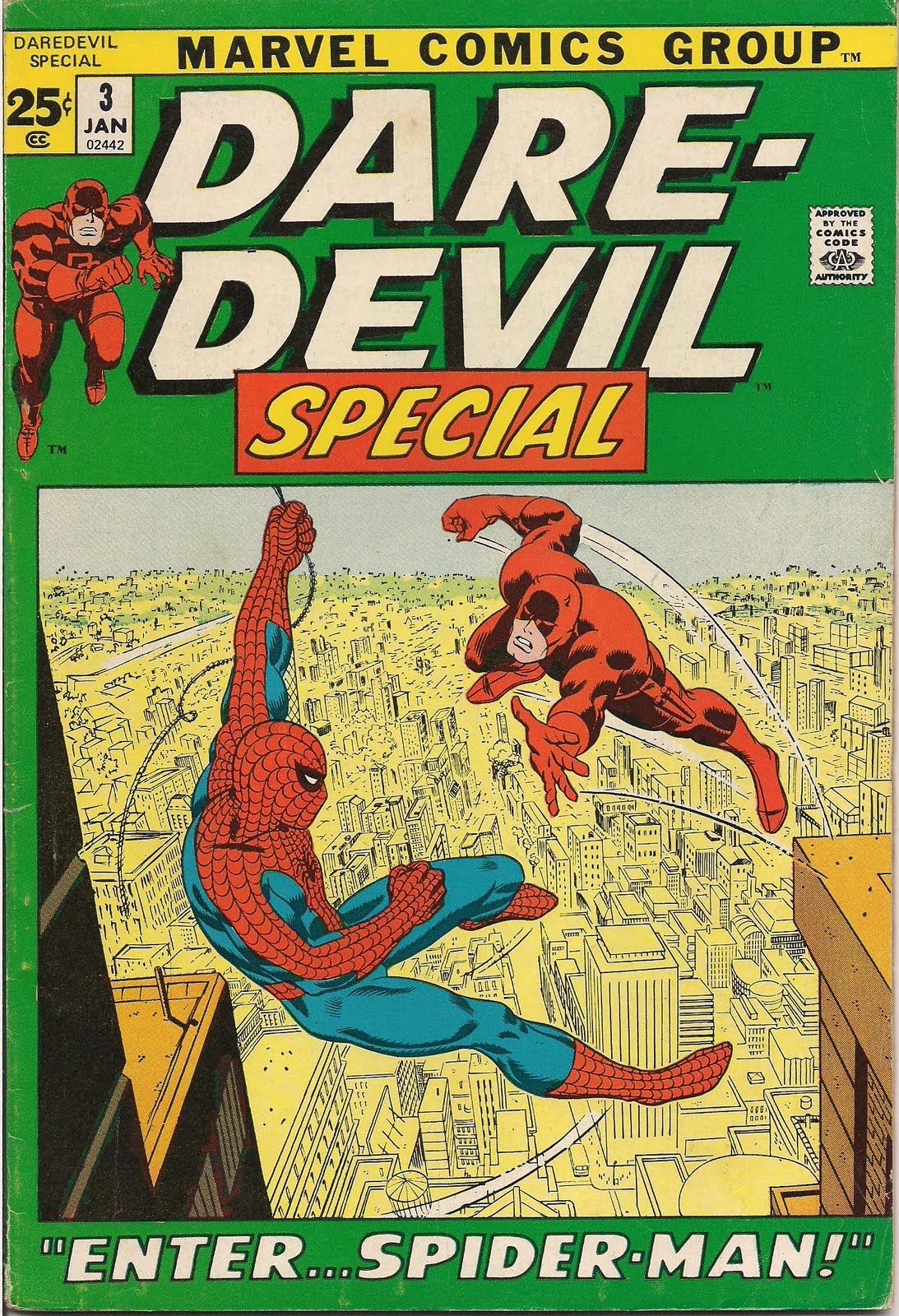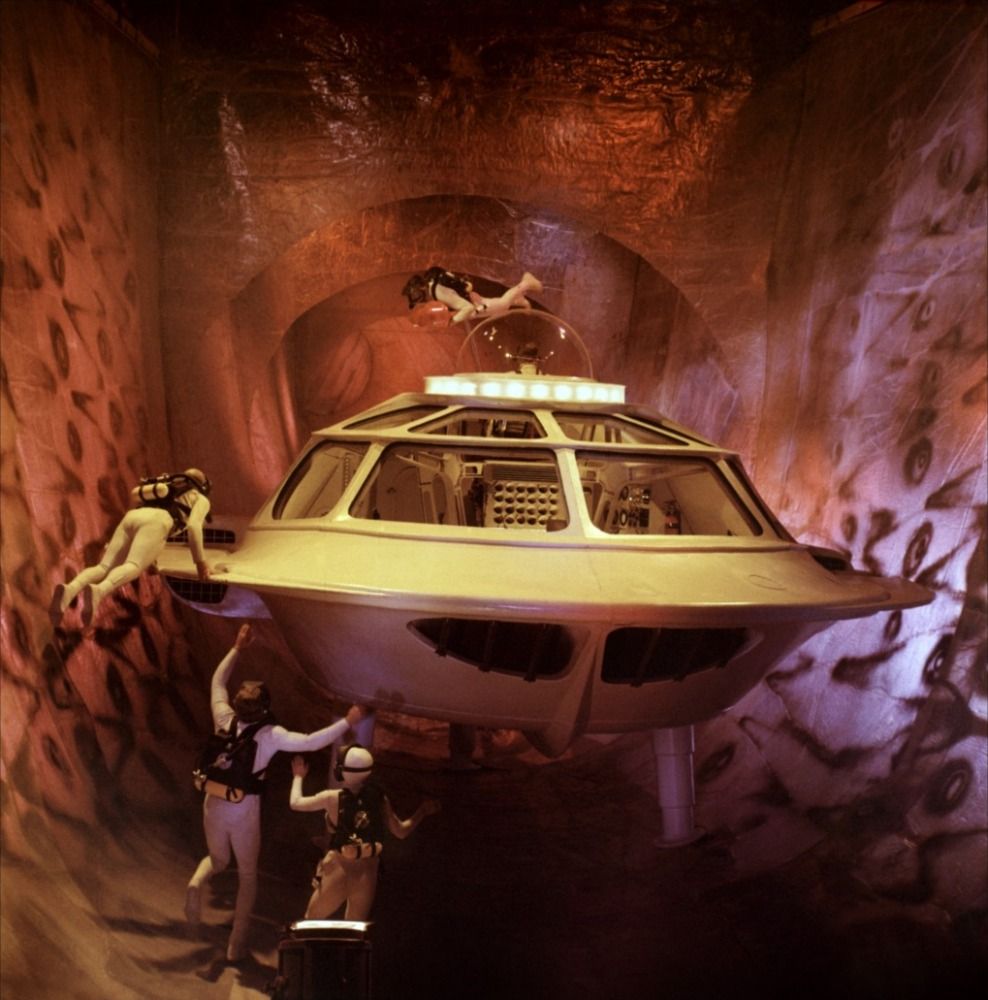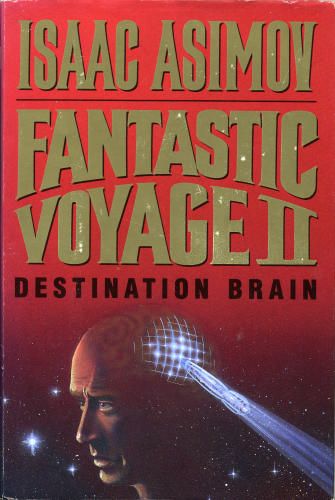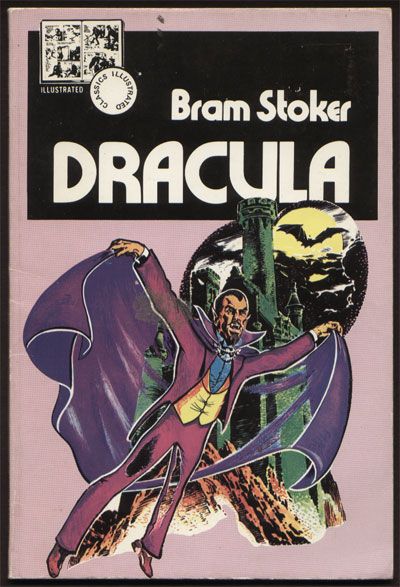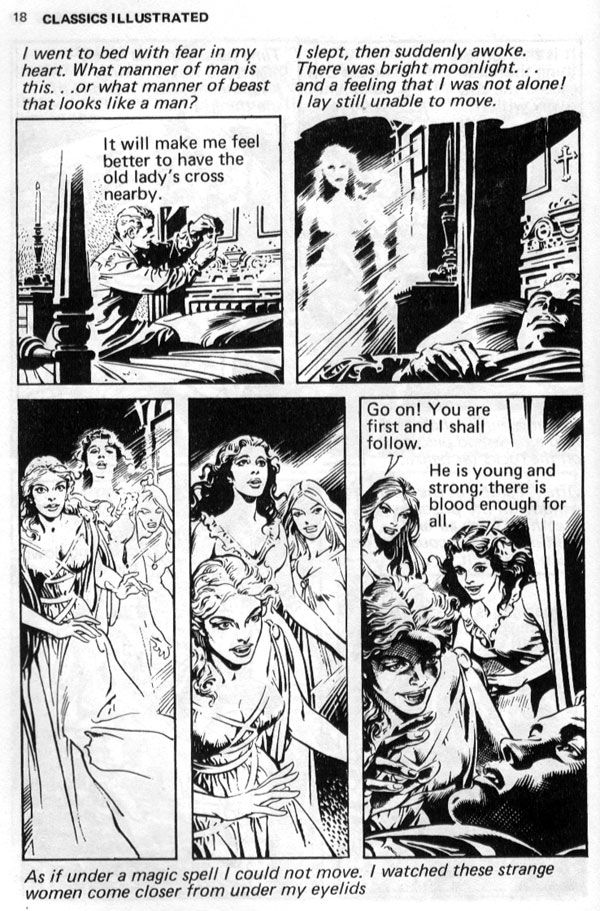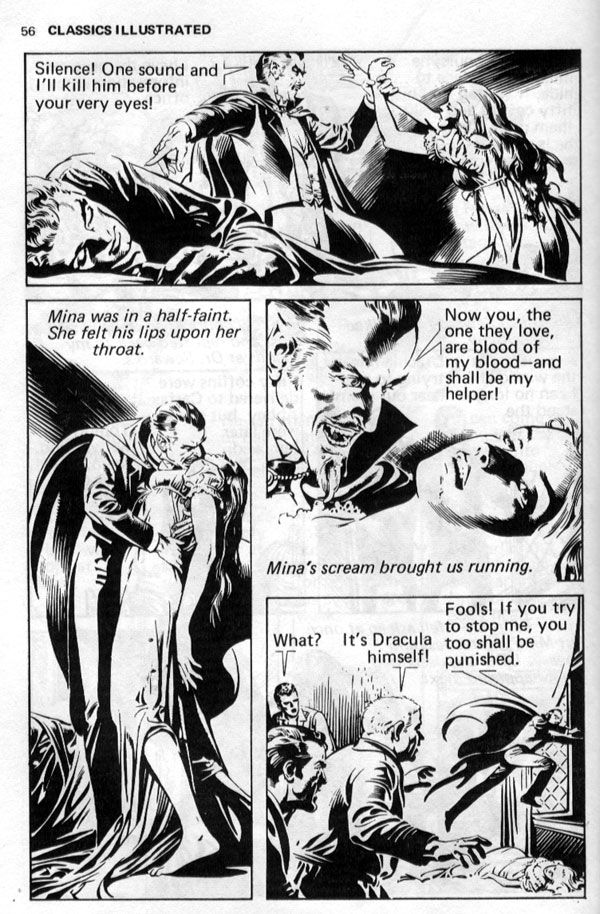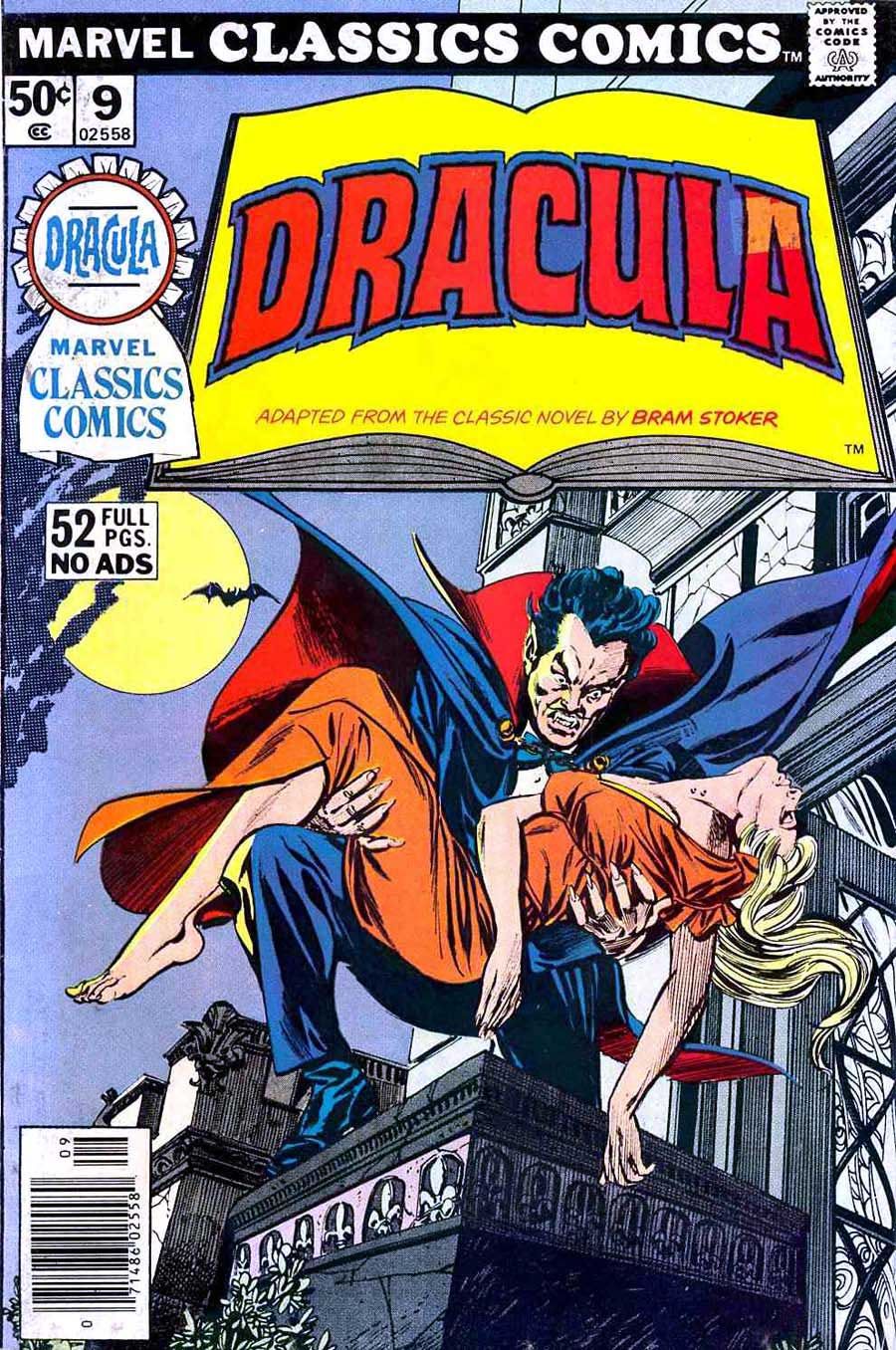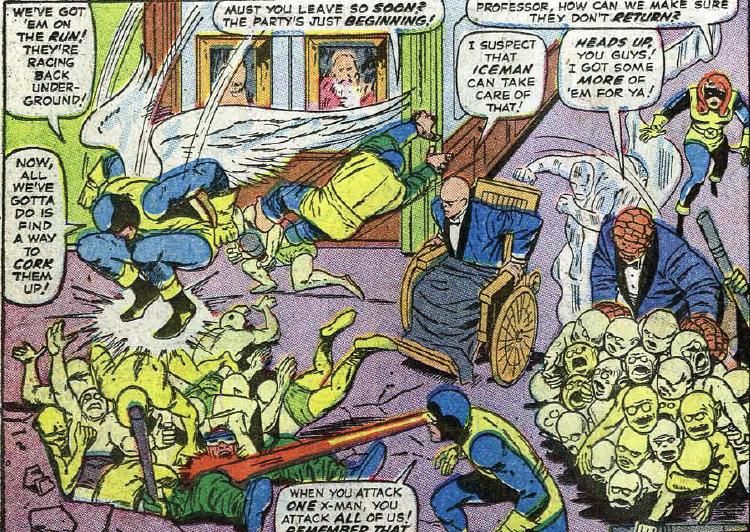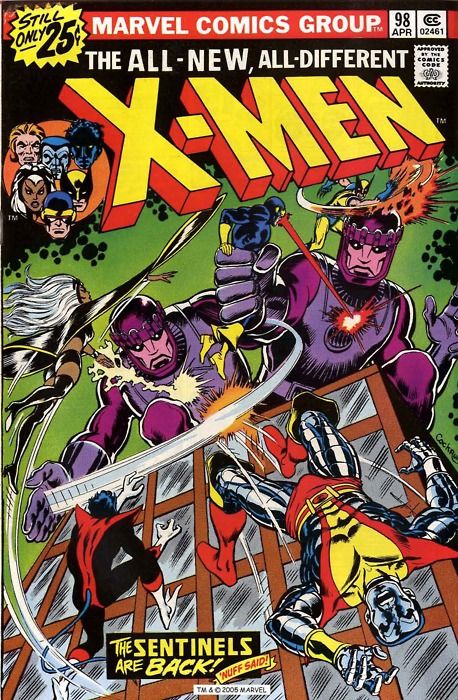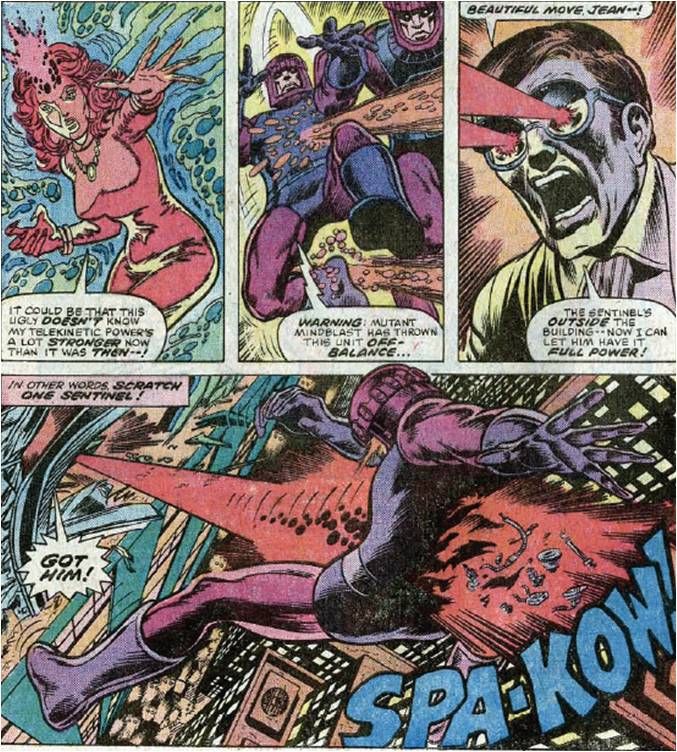I got an interesting question the other day: "When did you go from being a reader to being a fan?"
It was interesting to me, anyway, because those are my most vivid memories. I remember very little of my day-to-day life from my childhood and teen years (probably for the best, to be honest.) But all of the memories that are entwined with books and comics and pop culture in general are as bright and sharp as though they happened yesterday.
I know exactly which books and comics I read that made me a fan of something, when each particular tipping point happened. I've written about quite a few of them in this space before...
James Bond, Aquaman.
Just for fun, over the next couple of weeks, I thought we'd look at some of the other personal 'tipping points' I've had for various comics, characters, and even writers and artists. That moment when I suddenly realized that I really, really liked a book, or a particular series of books. Readers are invited to compare notes and share their own moments of realization in the comments section, as well.
*
Daredevil: I had to really stop and think about this one; it feels like I've always been a fan of Daredevil, so it would have been pretty much from the point I first encountered him. That would have had to have been the wedding of Reed and Sue... "Bedlam at the Baxter Building!"
The wedding of Reed and Sue, when I first saw it at the tender age of nine, actually served as a gateway story for me to lots of other characters in the Marvel Universe. It was the first place I saw a bunch of the Marvel characters in their comics incarnation (though I'd already seen the Watcher and the Mole Man on the Saturday morning Fantastic Four cartoon, and I knew Thor and Dr. Strange and Captain America from other reprints in Marvel Tales and Marvel's Greatest Comics.)
But Daredevil was new to me. He had a lot of cool stuff to do in that wedding story, and I was immediately intrigued.
But that wasn't the tipping point, it wasn't what made me a fan. No, that was this Daredevil reprint a month later.
Daredevil King-Size Special #3 was strictly an impulse buy. I picked it up because it wasn't "continued," it had Spider-Man, and-- probably what sealed the deal-- because I recognized the Stan Lee-Johnny Romita combination from the Spider-Man reprints I'd been seeing in Marvel Tales. It reprinted Daredevil #16 and #17, a tale in which Spider-Man and Daredevil are manipulated into fighting one another, which may have been my first experience with the whole idea of heroes getting into a misunderstanding and resolving it with violence. I know, it reveals my age, but heroes fighting each other instead of a bad guy was a very weird thing to see in a comic book, once upon a time.
Of course, in part two they got it all sorted out in plenty of time to put away the REAL villain, the Masked Marauder. It was classic Marvel swashbuckling superheroics from Lee and Romita, which I'd already been digging with Spider-Man, and here it was applied to a new set of characters in Daredevil. The whole thing was a hoot and I was a fan of Daredevil from that point on.
The funny thing was, I learned years later that the story was originally some sort of trial balloon for Romita to take over the art on Spider-Man after Steve Ditko left, but for me it worked in reverse -- I was already a fan of the Lee-Romita version of Spider-Man, so this reprint special (it came out in August of 1971) served as my personal trial balloon with Daredevil. Not too long after that I was buying the monthly comic. I've been a regular Daredevil reader ever since... with only a couple of exceptions, pretty much from the Marv Wolfman/Bob Brown days on up.
*
Isaac Asimov: This one was definitely through the back door.
It started with that one glorious season of Saturday morning television in 1968. Among the many amazing offerings that year was the animated Filmation version of
Fantastic Voyage.
The opening narration was all you needed to know: "Headquarters: CMDF, Combined Miniature Defense Force. Project: Fantastic Voyage. Process: Miniaturization. Authority: Top Secret, highest clearance. Team: Jonathan Kidd, Commander. Guru, master of mysterious powers. Erica Lane; doctor, biologist. Busby Birdwell; scientist, inventor, builder of the Voyager. Mission: In their miniaturized form, combat the unseen, unsuspected enemies of freedom. Time Limit: 12 hours."
That's about all I remember of it, too, except that it was badass. I looked for comics based on the show, but there were only a couple-- tepid things from Gold Key.
The show was canceled, the comic was canceled, and I moved on with my life. In fact, I'd forgotten all about it until I entered junior high school. Exploring the library in my new school, I was shocked to discover, on a paperback spinner rack near the door, that my beloved 1968 cartoon had in fact been based on an actual book.
Well, yes, there was a movie, too-- but there was no home video in 1973. You have to remember that back then, once movies left the theater, they were GONE. Except for maybe a late-show rerun someday, this novelization was as close as I'd ever get to seeing the film, and I snatched it up. A few minutes later, that paperback edition of Fantastic Voyage became the first book I checked out of the junior high library, on my first day of school, and I read it through twice in the next twenty-four hours.
To this day I think it's one of Asimov's finest novels. He disdained it, because it was a mere novelization; but I assure you that there's a hell of a lot of real writing going on in there. It is a truly original work, superior to the film in every possible way.
In the novel the crew of the miniaturized submarine Proteus, Grant, Cora, Duval and Michaels, are all real people, with real personalities; the whodunit aspect of the plot is brilliantly fleshed out with actual clues; the romance between Grant and Cora is plausible and carefully built... and most amazing of all, in between all the heavy lifting Asimov is doing with matters of literary merit, the science is there. All the biology is accurate, all the physics is accurate. Everything is beautifully reasoned out and extrapolated, including the changes one would have to cope with in the way miniaturized eyes process light, and the effects of Brownian motion on the Proteus. Asimov even fixed the howler of a mistake in the film's ending, by making sure the wreckage of the Proteus is safely outside of Benes when the sub and crew enlarges again.
It was another five years before I saw the actual film, as a rerun on the Saturday Afternoon Movie-- and I was bitterly disappointed.
Where was all the witty banter between Grant and Cora? Where was my mystery with all the carefully planted clues? Why did they leave the sub wreckage inside the body of Benes?
Nevertheless, despite the letdown from the movie itself, I adored that novelization-- still do-- and by then I had sought out many other books by Asimov, both fiction and non-fiction. Years later, Asimov revisited the idea with a book he swore up and down was better, but I think that was pride talking; he really hated that the first novel was not his own original conception. Several years after that, Kevin Anderson wrote an interesting and pretty fair Fantastic Voyage novel as well, but neither one was close to the magic found in that first Asimov novelization.
Purely as a novel, in terms of suspense and character development and just sheer cleverness, I think the first Fantastic Voyage ranks with the best of Asimov's fiction and it's what made me a fan.
*
Dracula: That one was comics, again... but, oddly enough, not the Marvel comics.
In that same junior high library where I found Fantastic Voyage, there were also a number of "Classic Comics" paperback adaptations from Pendulum Press. One of them was Dracula.
This was a relatively faithful adaptation of the Stoker novel, scripted by Naunerle Farr with some very nice art by Nestor Redondo.
There were no credits so it would be years before I put it together that this was the same guy that had been doing the art on some DC books I liked. But even for the sort of textbooky Classics Comics adaptation this was, I could see the story was hardcore.
Not too long after that, taking on chores like mowing lawns and such, I became a man of means, with my own income. It all pretty much went for books and comics, and one of the first books I bought was this oddity from Drake Publishing.
The Illustrated Dracula was exactly what it said it was. A big coffee-table edition of Stoker's novel, unabridged, with illustrations (all Bela Lugosi stills from the Universal film version) on almost every page. And I sort of knew the story already from the comics version, so I got into it pretty easily.
Once I'd read the novel I was much more interested in the film versions of Dracula that the local station would sometimes run on its Saturday night "Sinister Cinema," and I eventually found my way to the Marvel Comics Tomb of Dracula as well. But for me it was Pendulum Press and Nestor Redondo that got there first.
(Marvel did eventually reprint the Pendulum press version, actually, in their "Marvel Classics Comics" #9.)
*
The X-Men: This is another one I can trace back to the Fantastic Four and "Bedlam at the Baxter Building."
Nine-year-old me thought the X-Men were pretty cool in that story. But I was only interested... I didn't care enough to go find any actual X-Men comics.
It wasn't until 1975, when I was binging on all the Marvel books at the local Sentry Market, that I happened across the ALL-NEW X-Men.
It was #98. Part one of the Sentinels-in-space story. I picked it up because I could actually afford to try out new comics, I had fond memories of the X-Men kicking ass at Reed and Sue's wedding, and-- this was key-- with the addition of a comics rack to our local neighborhood grocery, I was willing to take a chance on something "continued."
It was a good bet. Claremont's story was good. But what really sold it to me was Dave Cockrum's art, especially the way he'd redesigned the way Cyclops and Marvel Girl's powers manifested visually.
So, for all the credit Chris Claremont gets for his work on the X-Men-- and it's deserved-- in the early days, it was the Dave Cockrum art that got me interested and kept me there. It made everything seem really modern and cool, and it lifted Claremont's story up quite a bit.
*
So there you have it... my personal fan-realization moments for Daredevil, the books of Isaac Asimov, Dracula, and the X-Men. If you are also devoted to those items to some degree, feel free to share your own similar moments below-- I'm really curious how you got to be fans of that stuff.
And next week we'll be back with another list of cool stuff and the moments I realized those things were actually THAT COOL. See you then.

